From the ’50s to the oughts: Children’s TV, a history
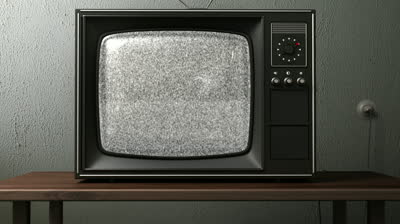
Children’s television programming has become less about entertainment and more about reflecting upon important topics and timely humor throughout history.
December 16, 2014
When thinking back to childhood, many fond memories can resurface. These snippets of life can revolve around either school, sports, the playground, or other activities. Oftentimes, despite parents’ disbelief, most of these memories include sitting down with a Lunchables meal and watching TV shows. According to the previous generation, these TV shows interfered with natural activities, such as playing outside for 10 hours straight or riding our bikes all over town.
Times have changed. When members of the previous generation were children, TV shows only aired on saturday morning, and seldomly on weeknights, leaving the rest of someone’s time spent playing outdoors. In the 1950’s, when most of our grandparents were children, they most likely would have watched shows like The Adventures of Superman, Howdy Doody, and The Cisco Kid, which usually aired on Saturday mornings.
Starting in the late 1950’s, these Saturday morning cartoon blocks became a hit with children, amassing over 20 million views each week. TV shows such as the ones stated above, as well as Tom & Jerry, Bugs Bunny, and Woody Woodpecker mesmerized children of this time, leading to a wide fanbase comprised of all ages.
While cartoons served as the main basis for this block early on, live action television shows began popping up soon after. The Lone Ranger, Rin-Tin-Tin, and The Roy Rogers Show, emphasized the “Wild, Wild, West,” while shows such as The Little Rascals, Howdy Doody, and others focused on slapstick comedy.
US History and Psychology teacher Mrs. Tummins says of growing up in this period, “I usually watched I Love Lucy, or whatever my parents made me watch. I watched childrens shows like Buffalo Bill, and they were mostly puppet and cartoon shows. They usually aired in the afternoon, around four o’clock. They only went until about eight o’clock.” About the frequency in which she watched TV, she said, “I didn’t watch much TV. I was mostly outside because I lived in Florida, and the weather was beautiful and I always had something to do. I probably only watched about 2-3 hours of TV a week.”
The Saturday morning cartoon block continued into the 1970’s, with the addition of animated versions of popular live-action television shows such as Star Trek, Mork & Mindy, The Partridge Family, and The Dukes of Hazzard. Other popular shows of this period included Sesame Street, which premiered in late 1969 but blew up in the 70’s. Featuring timeless characters such as Elmo, Big Bird, The Cookie Monster, and Mr. Snuffleupagus, Sesame Street is one of the few shows from this time that still airs today, currently in its 45th season.
“I loved Sesame Street and The Muppets Show, because they involved puppets and real people. It was kinda like a Saturday Night Live, but for family. It was really cool,” Drama teacher Mrs. Oz recalls.
In this time watching television was seen as a family activity, leading to the popularity of the The Brady Bunch, The Jetsons, The Muppets, and Little House on The Prairie, which promoted family values while providing entertainment to households across the country.
As TV transitioned into the 1980’s, the popularity of superhero TV shows increased as well. Spider-Man, Super Friends, She-Ra: Princess of Power, G.I. Joe, Thundercats, Astro Boy, Voltron: Defender of The Universe, and others appealed to child audiences. Sadly, few of these show’s legacies continue to live on today.
Despite the fact that television marketed these shows to boys, AP World History teacher Ms. Galloway proved a huge fan: “When I was really little, I loved the classic 80’s cartoons. I personally liked Jem. She was a high powered business woman by day, and an eighties rockstar by night. It was amazing!”
Also in the 80’s, the popularity of the sitcom blew up. Family sitcoms such as Full House, The Bill Cosby Show, Diff’rent Strokes, Growing Pains, and Family Ties showcased quirky families in everyday situations that families at home could relate to.
The most common decade Millenials associate with children’s TV is hands-down the 90’s. Despite the emergence of various diverse programming, TV stuck to its roots with cartoons such as Rugrats, Beavis and Butthead, The Powerpuff Girls, Johnny Bravo, Dexter’s Laboratory, Ed, Ed, N’ Eddy, Recess, Courage The Cowardly Dog, Daria, CatDog, Hey Arnold!, Lilo and Stitch, The Wild Thornberry’s, Spongebob Squarepants, Ren and Stimpy, Rocko’s Modern Life, the Fairly Oddparents, Invader Zim, Doug, My Life as a Teenage Robot, The Fairly Oddparents—you get the point.
With the 90’s also came a new wave of television came: TV for teenagers. Saved By The Bell, 90210, Blossom, Melrose Place, Clarissa Explains It All, Felicity, Degrassi, My So-Called Life, and on occasion family shows such as Full House or Boy Meets World explored common teenage themes such as high school crushes/ relationships, friendships, parental/sibling issues, and mean girl drama, but also explored more intense themes such as teen drinking, drug abuse, sexual situations, and unwanted pregnancy.
An infamous episode of Saved By the Bell focuses on straight-A student Jesse, and her downward spiral with caffeine pill addiction. In the middle of midterms, Jesse is overwhelmed with testing, while also trying to keep her band, Hot Sundae, active. In the end, she realizes that relying on pills was a mistake, with the help of Zack. This episode sparked some controversy, but more importantly opened up a dialogue never explored on television, especially considering it was targeted at teens.
These moments affected many, one of them being Journalism adviser Ms. Kovel: “I think 90’s television, primarily things like Boy Meets World or Full House or Family Matters , did an amazing job of, like, quirky dad humor-meets-life lessons that we could obtain from them. And they were really influential, at least in my life. Watching Corey and Topanga [from Boy Meets World] going through these landmarks of middle school and high school made me think ‘Oh, when I get there, I’m gonna experience those things.’ They could be something as trivial as ‘Oh no! I forgot to study for that pop quiz!’ or it could be something as important as ‘My best friend is potentially dealing with being homeless.’ There were so many huge issues that they tackled.”
As television transitioned into the 2000’s, not much changed from the 90’s, at least in the early years. After many of Cartoon Network 90’s shows ended their run, the network attempted to achieve this same magic with the production of shows such as Foster’s Home For Imaginary Friends, Hi Hi Puffy AmiYumi, My Gym Partner’s a Monkey, and Class of 3000.
“I used to watch all the Cartoon Network shows like Courage the Cowardly Dog, Teenage Ninja Turtles, and Teen Titans. I spent most of the week watching these shows, at least four hours a day. I usually watched them in the morning before school, and then right when I got home from school,” said avid Cartoon Network viewer junior Andie Ridenour.
Most nineties cartoons ended their run around 2001/2002, and shortly after, Nickelodeon continued their run as the forerunner in kids TV. Starting in around 2004, the network began producing fan favorites such as cartoons Spongebob Squarepants, The Fairly Oddparents, Jimmy Neutron, Danny Phantom, and live action shows Ned’s Declassified School Survival Guide, Drake and Josh, Unfabulous, and later, iCarly.
Disney Channel also emerged as Nickelodeon’s main rival. In the nineties, Disney Channel’s programming included popular shows like The Mickey Mouse Club, The Famous Jett Jackson, and Off the Wall. It wasn’t until the early 2000’s, when they began producing Lizzie McGuire, Kim Possible, Phil of The Future, That’s So Raven, and Lilo & Stitch, that they became a second forerunner. Disney continued on their strike of success in the late 2000s, when shows such as The Suite Life of Zack and Cody, Hannah Montana, Phineas & Ferb, and Wizards of Waverly Place started their run. Many of these served as an influential part of my childhood, as they starred positive and diverse characters.
Also in the early 2000’s, Disney Channel hit another jackpot with their programing, one that Nickelodeon has never been able to produce successfully: the television movie. Disney Channel Original movies (DCOMs) were as, if not more, popular than their movies in the theatre. Starting with Halloween Town in the late nineties, Disney continued into the 2000’s with movies such as Zenon: Girl of The 21st Century, Smart House, Cadet Kelly, Get a Clue, The Cheetah Girls, and Twitches entertaining audiences across the world, as they were broadcast in many countries. It wasn’t until early 2006, when Disney Channel’s biggest movie to date aired: High School Musical. It was seen by 7.8 million people on it’s first airing, more than any DCOM aired before. After this, Disney produced more hits such as The Cheetah Girls 2, Camp Rock, Minutemen, and the most watched Disney Channel movie ever, High School Musical 2, a movie that 17.8 million households tuned in to see.
Sadly, with the start of 2010s, both Disney and Nick have gone downhill. Many of our generations favorite shows ended around 2010, leading to a decrease in viewership. As fans said goodbye to their favorite shows, new programming didn’t sit well with them. Disney now air shows Dog With A Blog, Jessie, Liv and Maddie, Austin & Ally, and others, while Nickelodeon currently airs Spongebob Squarepants, and The Fairly Oddparents, along with new shows Breadwinners, The Thundermans, and Max & Shred.
Children’s television proves influential for every generation. Starting as a small block on Saturday mornings, the idea has transformed into something extremely widespread, with the emergence of channels exclusively producing children’s content. Although these channels may compete for an audience with each other, they each spread the same message that television can serve as an influential part of one’s formative years, and that’s not necessarily a bad thing.





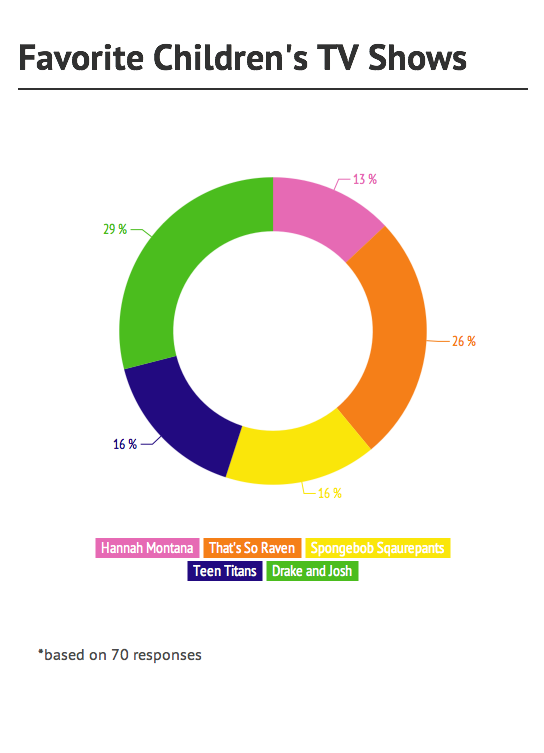





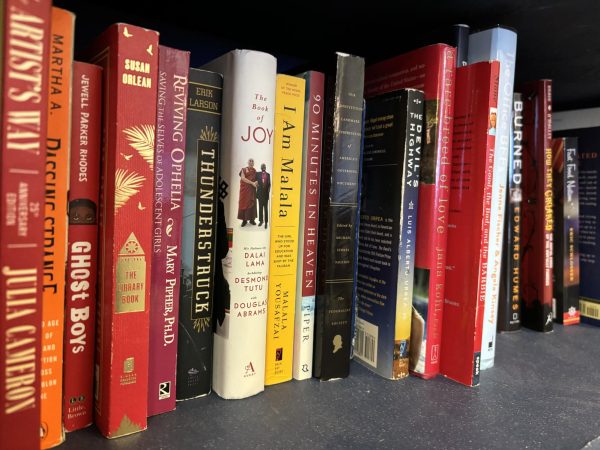
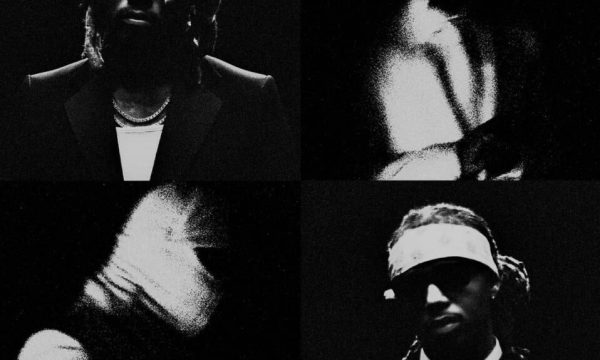

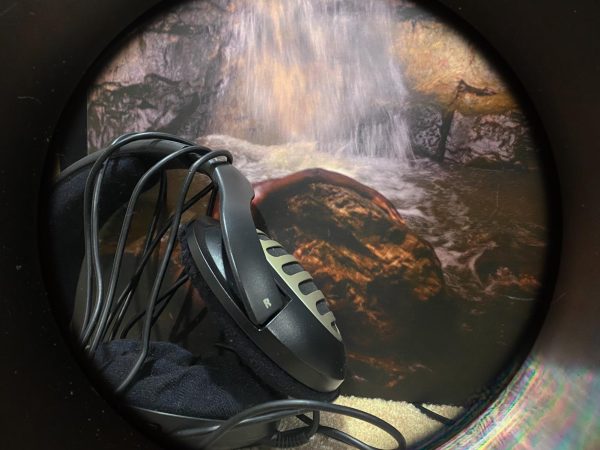




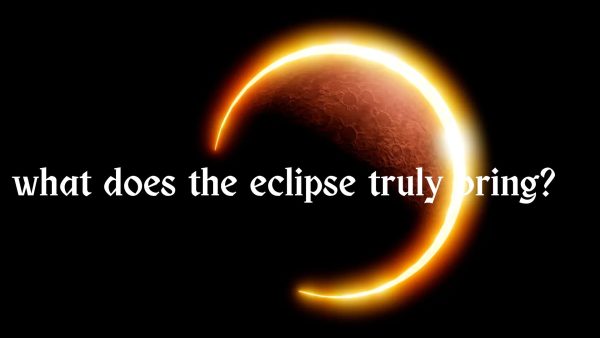

Rob • Feb 18, 2015 at 1:51 AM
I think you should go outside and ride your bike all over town for ten hours…